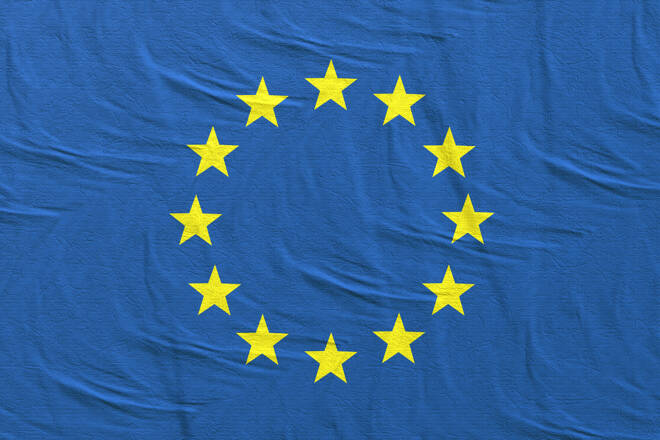Advertisement
Advertisement
CEE 2021 Economic Outlook: Region Set for Uneven 2021 Rebound amid Higher Debt, External Risks
By:
Central and eastern Europe will recover next year but output will return to pre-pandemic levels only after 2021 in most cases. Monetary and fiscal stimulus will help the rebound, but higher debt and external risks remain concerns for certain countries.
Download Scope Ratings’ 2021 Central and Eastern Europe Sovereign Outlook
We forecast real GDP in the EU’s 11 member states in central and eastern Europe (CEE-11) to grow next year by 4.1% after a contraction of 5.3% in 2020. Meanwhile, Russia’s economic recovery in 2021 is set to be sluggish (2.5%), following a softer contraction in 2020 (-4.5%) compared with that of many other major economies around the world. In Turkey (growth forecast of 0.7% in 2020 before 6.2% in 2021), the risk to the economy’s external-sector stability remains real.
The Covid-19 crisis has proven exceptionally difficult for the CEE region on several fronts, from unprecedented supply and demand shocks to regional services sectors to disruptions to global supply chains in which several countries are heavily exposed – such as those with large automotive sectors. However, enhanced economic resilience of recent years has allowed EU CEE economies to be better positioned to cope with the crisis of 2020 than over 2008-09 with the global financial crisis.
The second set of lockdowns are likely to have halted or reversed many recoveries over the winter period, following the rebound in economic activity mid-year. However, Scope expects a renewed, uneven recovery to be underway by the spring of 2021 even though it will not be until after 2021 that output returns to pre-crisis levels in most economies of the region.
EU agreement on recovery fund provides an economic tailwind
Uncertainty will remain elevated for some period to come, with much hinging on progress in distributing coronavirus vaccine, though we see some encouraging economic tailwinds, notably an agreement around EU funds after Poland and Hungary’s earlier veto threat was pulled.
Regional central banks are unlikely to tighten monetary policy any time soon as they seek to sustain the recovery amid generally benign inflationary conditions. Here, Turkey is an exception – needing to maintain a tight rates policy to regain market confidence. We generally expect less volatility in regional currencies next year compared with 2020 as economic growth recovers.
Fiscal risks, Turkey’s monetary policy among top themes to watch
We identify several other important themes for 2021:
- Russia’s macroeconomic reforms have led to a higher degree of economic self-sufficiency, mitigating the negative impact of this year’s crisis on the economy. However, the uncertain outlook for the oil sector, even after the OPEC+ agreed on a hike in petroleum supplies from January on, geopolitical risks and the absence of more profound structural reforms to raise potential growth are set to weigh on recovery.
- Despite a near-term market-friendly shift in policy frameworks as represented in the Turkish central bank’s November 2020 rate hike, a market-friendly reorientation of Turkey’s economic policies will need to not only be maintained but strengthened. 2021 is expected to be a bellwether year for the country’s ratings trajectory.
- For Georgia, a ratings concentration in 2021 will be on external-sector and fiscal risks, as well as on structural reform progress. We expect 4.5% growth in Georgia next year, after a 5% contraction in 2020.
- Fiscal risks have increased, especially for non-euro-area CEE governments. Romania’s and Turkey’s public debt ratios are expected to continue increasing from about 35% in 2019 to above 60% by 2024. For most other CEE countries rated by Scope, however, we see stabilisation and/or eventual gradual declines in debt ratios. CEE countries need to advance domestic capital markets to ensure the stable rollover of higher post-crisis public-debt stocks.
- The new long-term EU budget for 2021-27 presents a major opportunity for CEE-11 to boost investment, including in spending to address environmental risks related to climate change. CEE governments need, moreover, to raise labour-force participation rates after the crisis and address shortages of skilled labour.
For a look at all of today’s economic events, check out our economic calendar.
Levon Kameryan is Analyst in Sovereign and Public Sector ratings at Scope Ratings GmbH.
About the Author
Levon Kameryancontributor
Levon graduated with a M.Sc. in International Economics and Public Policy from the University of Mainz in 2016. Levon worked previously as an economist at the Central Bank of Armenia.
Advertisement
